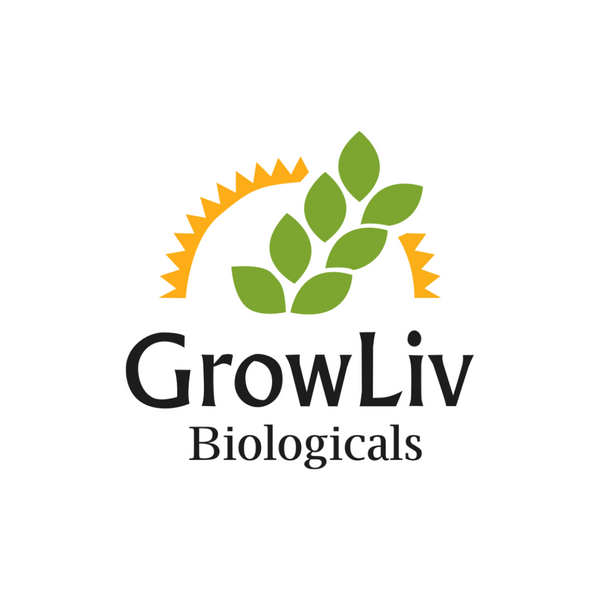Aphids are one of the most damaging pests in greenhouse crops. They reproduce rapidly, spread viruses, and quickly build hotspots that threaten yield and quality. To stay ahead, growers need a biological control that works fast and keeps working.
That’s where Coleomegilla maculata (ColeoLiv lady beetles) stand out.
- Aphid specialists – both adults and larvae consume large numbers of aphids daily, rapidly suppressing hotspots before they spread.
- Broad spectrum control – also feed on thrips, whiteflies, scales, mealybugs, and other soft-bodied pests.
- Persistence – When pests are scarce, it survives on pollen, staying ready to control future outbreaks. Adults can live up to a year in optimal conditions providing extended pest control in greenhouse environments.
- Compatibility with other biologicals, like parasitoid wasps and banker plants, creating a layered IPM strategy.
By combining strong aphid control with the flexibility to target other pests, Coleomegilla lady beetles provide growers with a reliable, long-term tool for integrated pest management.

Coleomegilla vs. Wild-Harvested Lady Beetles
Some growers are tempted by wild-harvested convergent lady beetles (Hippodamia convergens), often collected from mountain ranges in the western U.S. While they are inexpensive, they come with serious drawbacks:
- Dormancy issues: Many are in diapause (hibernation mode) and may not feed right away. You may also see groups of them dead under benches and covered areas.
- High dispersal: Wild beetles tend to fly away instead of staying in the greenhouse.
- Short-term impact: Their effectiveness is inconsistent, requiring frequent re-applications.
- Hidden risks: Wild-harvested beetles often carry parasitic wasps. These tiny parasitoids attack the lady beetles themselves, reducing their effectiveness. Worse still, once introduced, they can persist in your greenhouse and infect future beetles, even if you later purchase high-quality, lab-reared Coleomegilla.

By contrast, Coleomegilla maculata (ColeoLiv) is reared in controlled facilities to ensure consistent quality, no parasites, and immediate predatory behavior. They are greenhouse-ready and far more reliable for hotspot control.
| Wild Harvested Lady Beetles | Lab-Reared Lady Beetles | |
| Egg laying | little to none | within 24 hours |
| Activity | 25-50% dead after 24 hours | 2% or less dead after 24 hours |
| Parasitoid risk | 50-75% chance infected, batch dependent | 0% chance |
| Survivability | 1-2 months (food dependant) | 6-8 months (food dependant) |
Best Practices for Release
For best results with lady beetles:
- Apply early. Introduce them at the first signs of aphid hotspots.
- For best results, use immediately. Open the container and distribute beetles evenly over plants in the early morning or late afternoon. Avoid refrigeration or freezing; if needed, store in a dark place at 4°- 8°C with 50% humidity.
Where to Buy Lady Beetles for Aphid Control
At GrowLiv Biologicals ColeoLiv (Coleomegilla maculata) is reared locally in Ontario, Canada.
Purchase lady beetles here
For growers battling aphid hotspots in greenhouses, Coleomegilla maculata offers a natural, effective solution. Fast-acting, persistent, and compatible with other biological control agents, lady beetles can help restore balance in your crop, without the risks of chemical resistance or residues.

